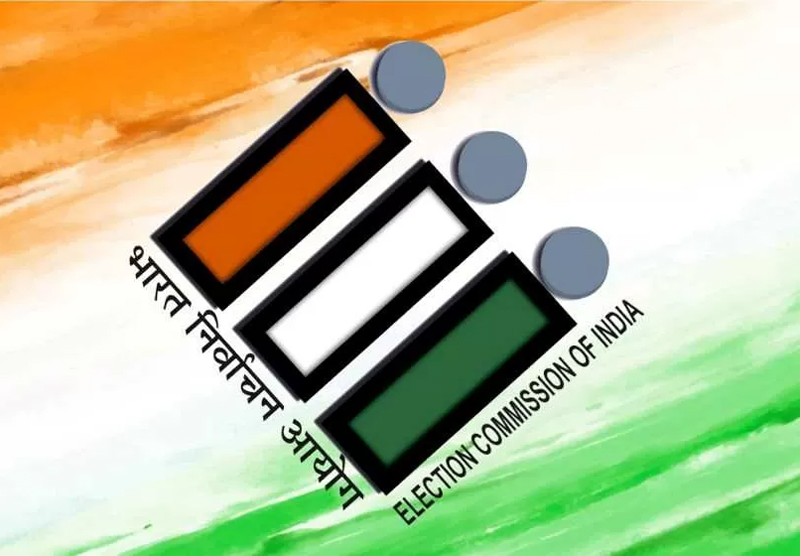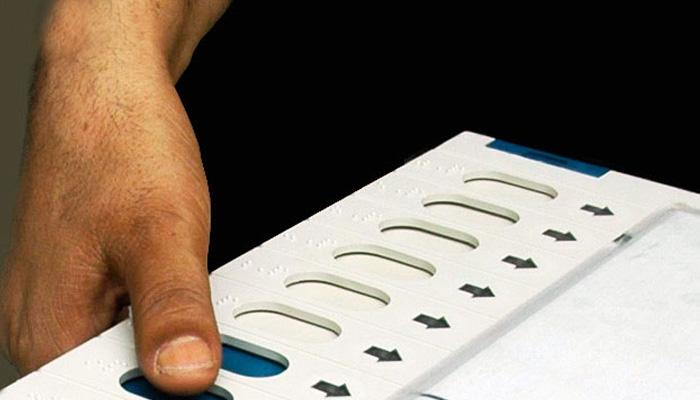The Jammu and Kashmir Assembly Elections 2024 have marked a significant political event since the region was restructured as a Union Territory after the abrogation of Article 370. The alliance between the National Conference (NC) and Congress has gained a majority in the Jammu & Kaashmir Assembly elections 2024, securing 49 seats out of the 90 available. However, both parties are striving to strengthen their presence, particularly in the Jammu division, where Congress underperformed, winning only one seat. In contrast, the NC showed a stronger performance by securing seven seats in the region.
The Path to Government Formation
The process of government formation in Jammu and Kashmir is critical, especially following the Jammu and Kashmir Reorganization Act, 2019, which stipulates that the Council of Ministers can only constitute 10% of the total members of the Legislative Assembly. This limits the number of Ministers, including the Chief Minister, to either 9 or 10.
Read also: JK Assembly Elections 2024: Interesting Facts
Majority Required to Form the JK Government
The Jammu and Kashmir Legislative Assembly consists of 90 members. To form a government, a party or coalition needs to secure at least 46 seats, which represents a simple majority. This majority ensures that the party or alliance has the necessary support to effectively pass legislation and govern the region. If a party secures more than half the seats, it can form the government without any coalition.
Government Formation Process in UT Of Jammu and Kashmir
The Jammu and Kashmir Reorganization Act sets specific guidelines for the formation of the Council of Ministers. As mentioned earlier, the Ministry can consist of only 10% of the Assembly members, meaning that the maximum number of Ministers, including the Chief Minister, will be capped at either 9 or 10. Furthermore, the Assembly has provisions for nominating five additional members, including two women, two Kashmiri Pandits (one of whom must be a woman), and one refugee from Pakistan-occupied Jammu and Kashmir (PoJK). This would increase the House strength to 95 members.
In addition to the Ministers, two more Members of the Legislative Assembly (MLAs) can be elected to hold the positions of Speaker and Deputy Speaker. This makes the formation of the government a careful balancing act, especially in terms of accommodating independent candidates.
Invitation by the Lieutenant Governor
In accordance with the established protocol, the Lieutenant Governor (LG) of Jammu and Kashmir will invite the largest pre-election coalition, which in this case is the National Conference-Congress alliance, to form the government. The alliance, having secured 49 seats, will be tasked with proving its majority on the Assembly floor. The coalition is typically given a set period, often around one month, to demonstrate its majority support.
This procedure ensures that the largest party or alliance can showcase its ability to command confidence in the Legislative Assembly. Once the majority is confirmed, the process moves to the next stage—oath-taking.
Oath-Taking Ceremony of the New JK Government
Following the successful demonstration of the majority in the Legislative Assembly, the newly elected government proceeds with the oath-taking ceremony. This formal event involves the Chief Minister and other elected Ministers taking an oath of office in the presence of the Lieutenant Governor.
The oath-taking ceremony symbolizes the commencement of the newly formed government’s responsibility to govern the region and implement its policies. The elected MLAs, particularly those chosen for key roles in the Ministry, will then begin their official duties to steer Jammu and Kashmir forward.
Challenges in Government Formation
Forming a new government in Jammu and Kashmir comes with several challenges. One of the major hurdles is accommodating independent candidates within the framework of the alliance. With the National Conference having already won 42 seats, the room for negotiation with independents becomes tight. This challenge is compounded by the fact that the Reorganization Act restricts the number of Ministers to just 9 or 10.
Political observers believe that the process of forming the Ministry will require careful negotiation and strategic decision-making, especially when it comes to integrating the independent candidates. The NC-Congress coalition will need to balance internal party dynamics while ensuring that the government remains stable and effective.
Read also: All About Salary of an MLA in Jammu and Kashmir
Implications of the Election Results
The outcome of the Jammu and Kashmir Assembly Elections has far-reaching implications for the region’s governance and future. The NC-Congress alliance’s success reflects a shift in political dynamics post the abrogation of Article 370. While the alliance has secured a majority, the underperformance of Congress in the Jammu division indicates that there are still regional disparities in political support.
The results will likely influence the policies and priorities of the new government, particularly in terms of addressing regional issues and ensuring equitable development across both the Jammu and Kashmir divisions. Furthermore, the inclusion of nominated members from marginalized groups, such as Kashmiri Pandits and PoJK refugees, underscores the government’s commitment to broader representation.
The formation of a new government in Jammu and Kashmir following the 2024 Assembly Elections is a complex yet crucial process. With the National Conference-Congress alliance securing a majority, the region is set to witness a new chapter in its political landscape. The guidelines outlined in the Jammu and Kashmir Reorganization Act, coupled with the political realities on the ground, will shape the future of governance in the Union Territory. As the new government takes office, it will face both opportunities and challenges in guiding Jammu and Kashmir toward a stable and prosperous future.

















